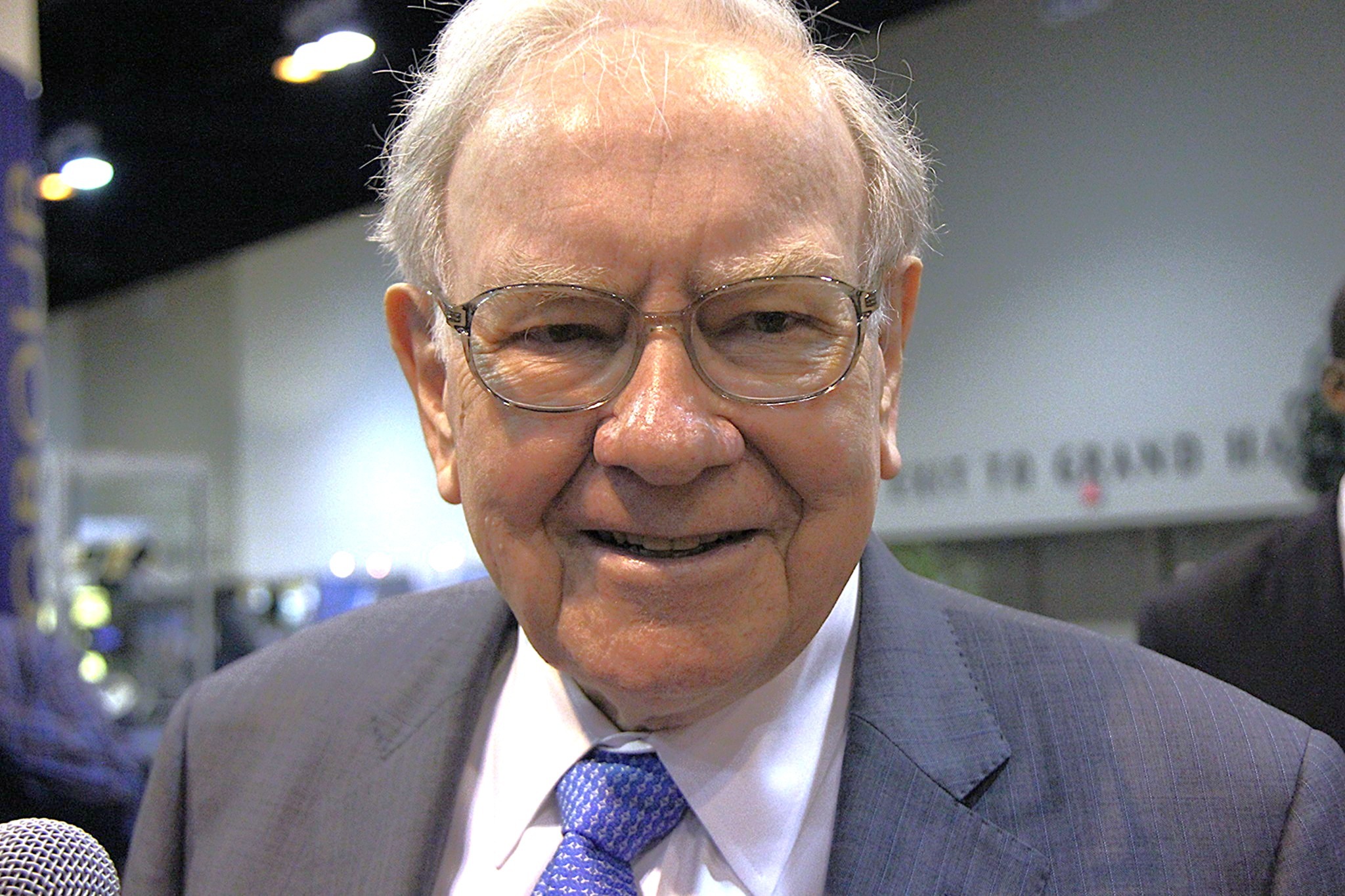The S&P 500 (^GSPC 1.07%) index is the broad measure that most investors use to track "the market." It is the index that Warren Buffett has recommended investors default to when they invest.
And a low-cost option for owning "the market" is Vanguard S&P 500 ETF (VOO 1.11%). It's a great choice, but there could be a smarter choice right now from Invesco.

Image source: Getty Images.
What does the S&P 500 index do?
The S&P 500 index is not actually designed to track the market. It is meant to be broadly representative of the U.S. economy, with roughly 500 stocks hand-selected by a committee. The stocks are generally large and, as you might expect, economically important. It just so happens that tracking the U.S. economy is a pretty good way to track the market.
The stocks in the S&P 500 are weighted by market cap, meaning the largest stocks have the biggest impact on performance. That makes sense, too, given that it is how the economy works. The complication with an S&P 500-tracking ETF is that all pooled investment products will basically do the same thing. So the best one is really going to be the cheapest choice you can find. Vanguard S&P 500 ETF has an expense ratio of 0.03%, which is as close to free as you can probably get on Wall Street.
There's just one problem to consider. The S&P 500 index is trading near all-time highs, with valuations appearing as if they are at least a little rich. And the technology sector has become a disproportionately large segment of the index. There's a solution in Invesco S&P 500 Equal Weight ETF (RSP 0.68%), which might be the smartest S&P 500 index tracker you can buy in October.

NYSEMKT: VOO
Key Data Points
What does Invesco S&P 500 Equal Weight ETF do?
Invesco S&P 500 Equal Weight ETF doesn't do anything different on the stock-selection side of the equation. The same 500 or so stocks in the Vanguard S&P 500 ETF are also going to be in the Invesco S&P 500 Equal Weight ETF and for the same exact reasons. But this exchange-traded fund (ETF) makes a huge change when it comes to how its holdings are weighted, shifting from market cap to, as the name implies, equal weighting. Basically, each stock gets the same dollar investment.
This changes the equation in a very important way. For starters, each stock has the same ability to impact the ETF's performance. But the really important change for October is on the valuation front.
Vanguard S&P 500 ETF entered October with an average price-to-earnings ratio of nearly 28x. The average price-to-book value ratio was 5x. And technology, the sector that has largely been driving the market higher of late, made up a huge 33.5% of the ETF. Technology is by far the largest sector exposure, with financials the next largest at just under 14% of assets.

NYSEMKT: RSP
Key Data Points
Invesco S&P 500 Equal Weight's numbers are drastically different. The average P/E ratio for this variation of the S&P 500 entered October at around 18x. The average price-to-book ratio was 2.9x. And technology makes up about 14% of assets, the third-largest exposure after industrials at about 16% and financials at roughly 15%.
If valuation is a worry, the better choice is Invesco S&P 500 Equal Weight ETF
You might not care about valuation or owning an overly concentrated portfolio. In that case, buy Vanguard S&P 500 ETF. But if valuations have you worried and the extreme exposure to tech stocks in the S&P 500 index is troubling, then Invesco S&P 500 Equal Weight ETF is a great solution.
That said, there are some drawbacks. For starters, Invesco S&P 500 Equal Weight ETF is lagging the S&P 500 based on performance right now because it is relatively underweight in technology. And secondly, it is more expensive to own, with a 0.2% expense ratio. But that's still a modest price to pay if you are also getting peace of mind when you buy it.





